Explorer - 3 and the exhibition "Step into the Future 2013 SFD"
Development of Explorer-3 began 2 months after the end of work on Explorer-2 and Explorer-1 . The goal was the following - to create a truly reliable machine, and most importantly - working completely autonomously.

For a start, I decided on what innovations need to be introduced into this model. According to the experience of previous devices, the necessary were: new radio, new building, stable temperature data, solar panels. I refused a USB camera, since it still violates the autonomy.
')
In this regard, I chose the following things:
1. Wireless module APC220-43
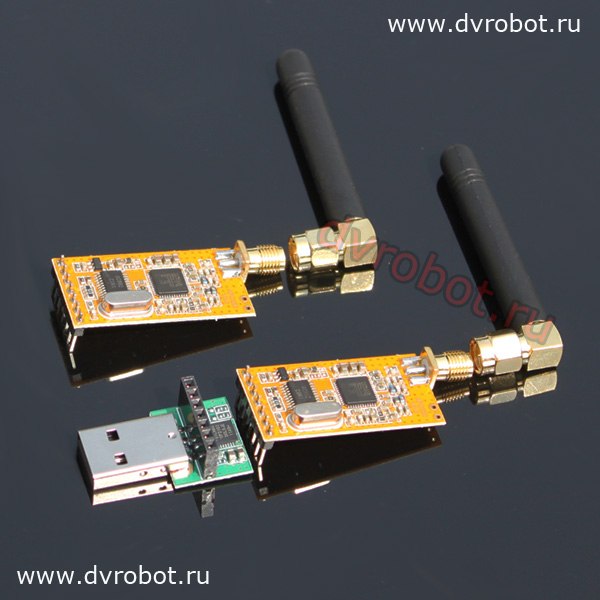
Based on the fact that past communication modules had too low a range and the signal disappeared from time to time, the APC220-43 Wireless Module was chosen. It is noteworthy that it actually works as an extension of the COM port, while having a coverage radius of 1000m, which ensures comfortable data acquisition.
2. Stable temperature data
In past models, analog temperature sensors were constantly failing, so this time I decided to replace them with 2 digital ones - one complete with a DHT-11 humidity sensor, the other (duplicate) DS18B20 1-Wire thermometer.
3. Solar panels
This is, in fact, the most important innovation that allows you to make the device completely autonomous. And it is not solid to somehow make the device with a space bias on finger batteries. The developed voltage of one battery is 9V, the current is 220mA.
4. Hydrocarbon sensor
I didn’t plan to add it initially, but then it played a rather important role (I’ll tell about it below), so I installed a gas and smoke sensor with an MQ2 sensor based on Sn02 materials, with a wide spectrum of gas detection on my device.
In total, the device used:
- DS18B20 digital temperature sensor, with a measurement range from -55 ° C to + 125 ° C.
- a digital temperature and humidity sensor DHT11 with a temperature measurement range from 0 to 50oC, and a humidity measurement range from 20 to 90%.
- atmospheric pressure sensor BMP085.
- hydrocarbon sensor MQ2.
Active work on the device began in late August. By the time all the necessary components arrived, I had already assembled most of the device and wrote software. The firmware was not much different from Explorer-2. Unless, that part where data transmission through radio modules was described, noticeably felt better.
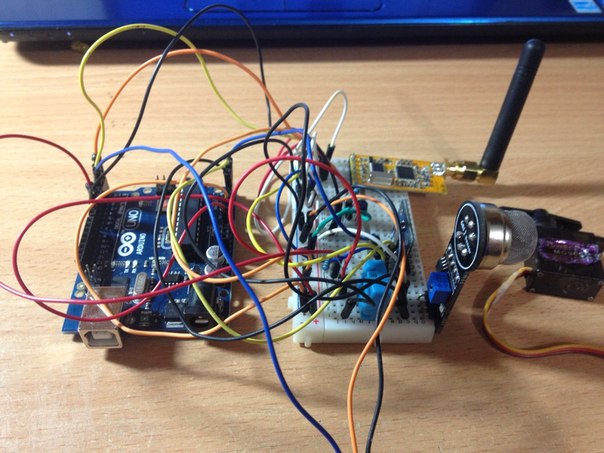
Two batteries were connected in parallel. Thus, they produced a current of 9V and 440mA, which was enough with the head to ensure the normal operation of the entire apparatus.

Batteries have been successfully tested. However, this unpleasant physical feature was revealed - a cloud of the Sun closed, and the current is not produced in the right quantities. It was, in principle, not too scary, since with so many sunny days in the summer, the device could get in touch guaranteed once a day.
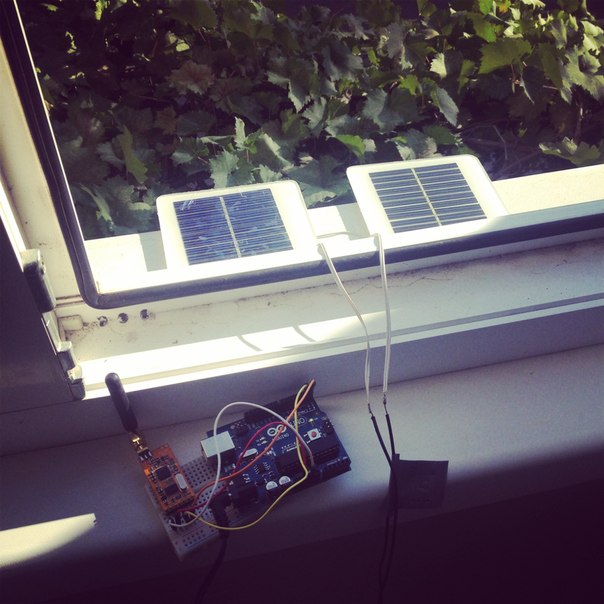
I really wanted to make the power supply from solar batteries with a buffer battery, so that the work was, in fact, uninterrupted, but such devices cost about 10,000 rubles.
I must say that after this assembly unit stopped. The summer was ending, and it was banal laziness.
Suddenly, by mid-September, I learned that I could take part in the exhibition “A Step into the Future 2013 SFD”, organized by the Bauman Moscow State Technical University sometime in early October. The pace of development from zero jumped just to heaven, it was necessary to do everything in the shortest possible time, to test the device, and yes even write a job.
The hull was assembled literally in 2 days, using composite aluminum. Sensors were installed immediately after assembly.

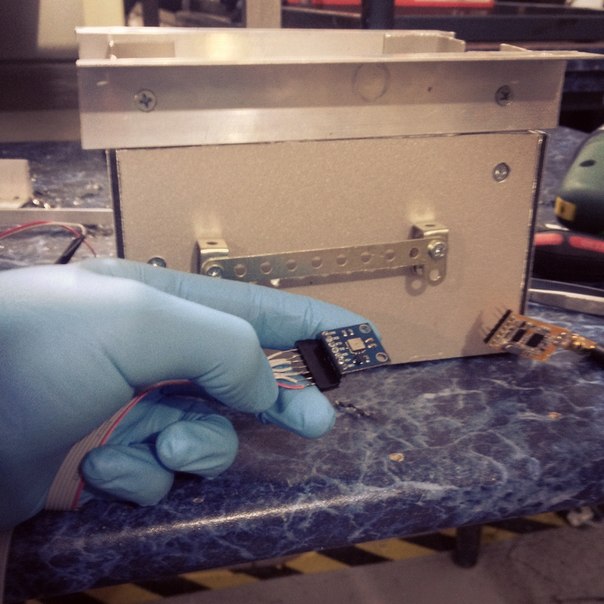


The time has come traditionally to send it to the windowsill. And then there was a big bummer - on the "Mars" all was overcast and torrential rain. Therefore, the “flight” had to be slightly postponed. During this time, the scientific work itself was written.
Obviously, Explorer 3 in this version is absolutely uncompetitive. Therefore, I have more clearly defined why this device (model of the device) is needed:
As you can see, Explorer-3 in this work is essentially a prototype of a meteorological station oriented on use on other planets.
I invented the mode of operation in the global network of meteorological stations AWSN in order to slightly diversify the functionality of the station.
Here is the principle on which it works:
To obtain a global picture of changes in the atmosphere of the studied planet, one station is not enough. To do this, it is necessary to launch several similar stations in the areas of the planet surface of interest. This forms the Alien Weather Stations Network (AWSN) global weather station network. The principle of its work is based on the fact that in one day the devices record the readings of the sensors with the desired time interval. In the polar orbit of the planet is a satellite - a repeater, which every day flies over one of the stations. At this time, she sends him her ID (tied to the landing region) and the accumulated data. Having collected the information, the satellite transmits it to the Earth, where it is analyzed.
In the Explorer 3 layout, the work with AWSN is implemented in a simplified way: when this mode is selected, the measurement duration is entered. Then measurements are taken for the specified time, the values are averaged and sent together with the device ID.
And now about the same sensor hydrocarbons. The fact is that the Curiosity rover did not find methane on the surface of Mars, which could indicate the activity of microorganisms in the earth of the planet. However, this gas was recorded with spectrometers from the Earth. This means that the places of occurrence of methane are localized in point or compact areas. The search for these areas is best done with a network of analyzers. Installing hydrocarbon sensors on the Explorer devices will expand their functionality. The sensor can not identify the gas, but is able to show its share in the environment (in ppm).
While the text of the work was being written, Explorer was more or less clear on the street and finally landed on the window sill.
The device is quite regularly communicating when there was enough energy. The hydrocarbon sensor did not show strong fluctuations in values, and the remaining sensors worked as expected.
It's hard for me to write something in the spirit of "Explorer-1" or "Explorer-2" , if there used to be an action with a premature failure of the machines, now I managed to create a reliable probe that works like a clock. Not a single failure for all time spent on the "planet".
According to the results of the 6-day “flight” the following schedules were built:
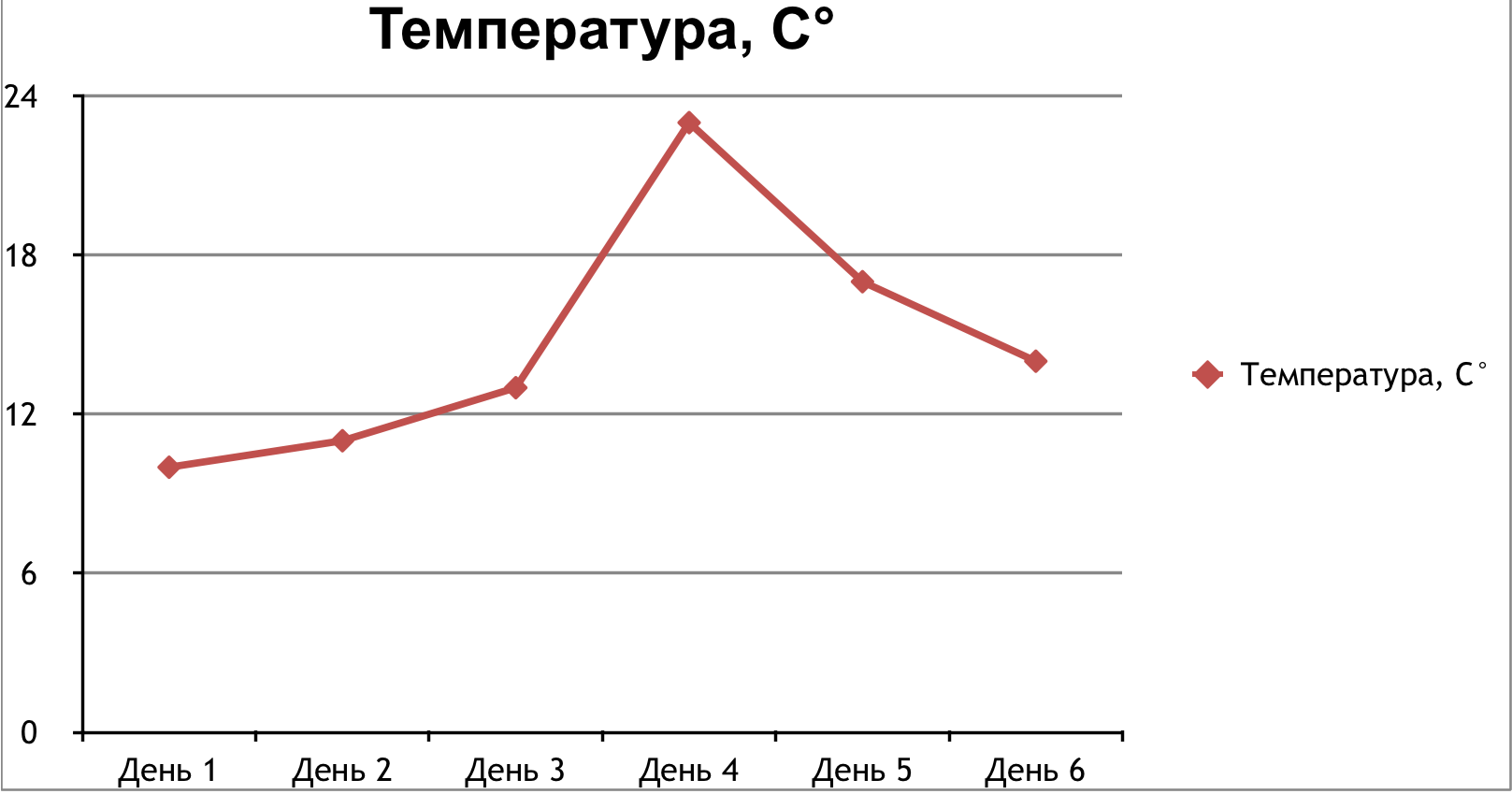

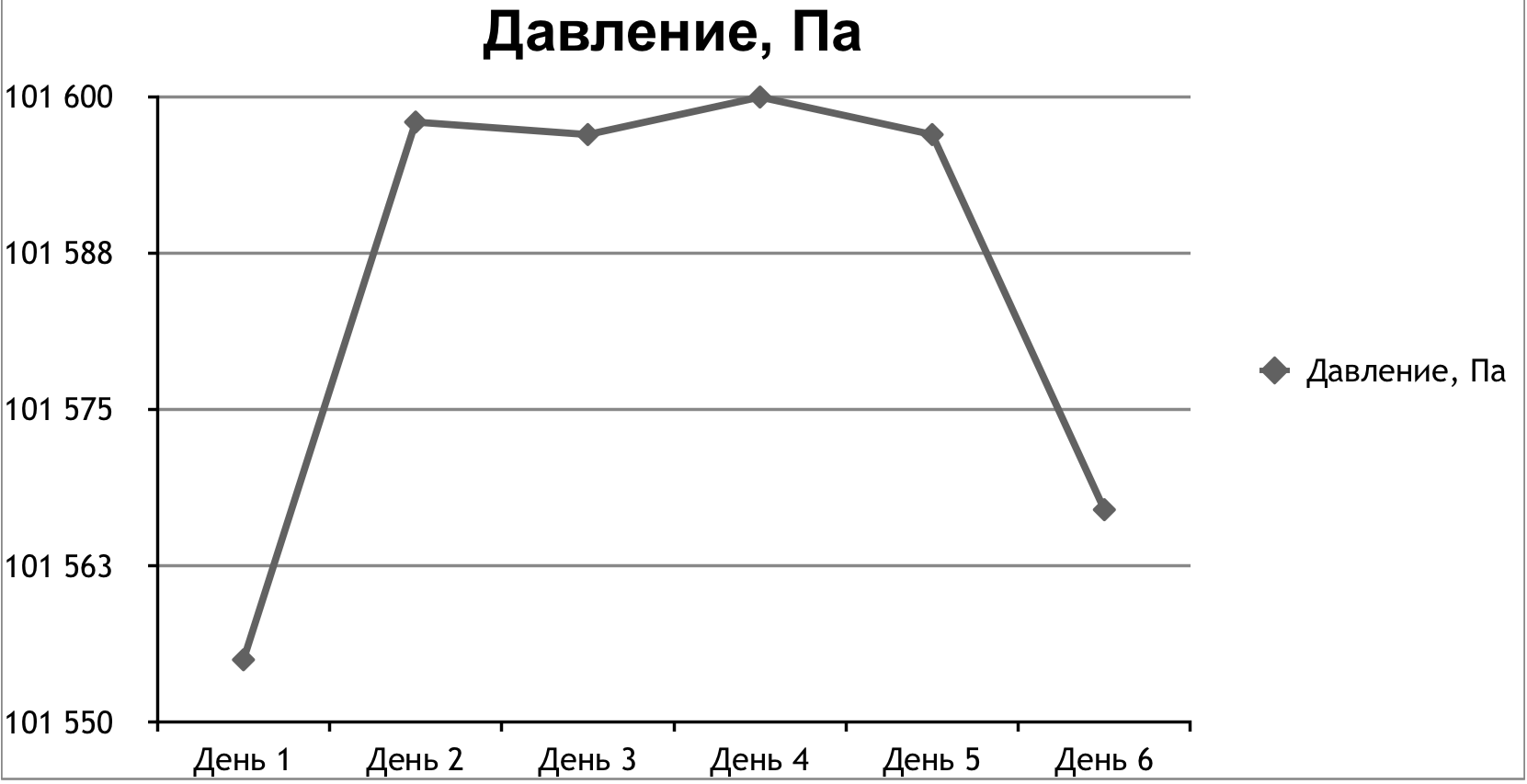
The volume and quality of the data, of course, have greatly increased since the previous missions, which confirms the well-deserved number “3” in the name of the device, despite my assumptions about its concept in the previous article.
Time passed, and the scientific work was completely composed. With its text you can find here .
I would like to especially thank Vitaly Zelenyikot , who helped throughout the work and even made an amazing review on it.
The conference itself was very interesting. Competing projects were powerful. But I did not come for the competition. The main thing that turned out to talk with professors of universities, who gave a huge set of advice on the development of the apparatus and satellite construction in general.
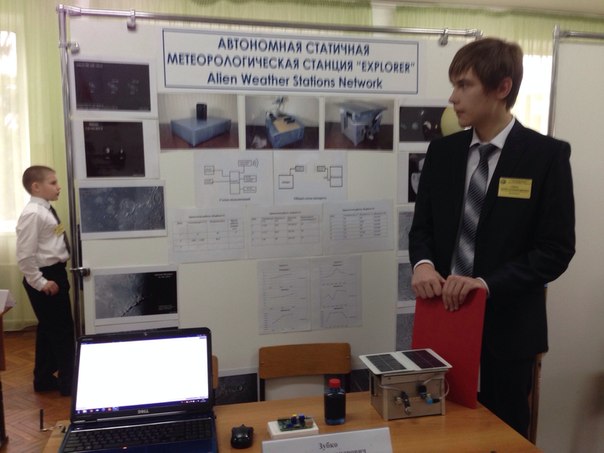
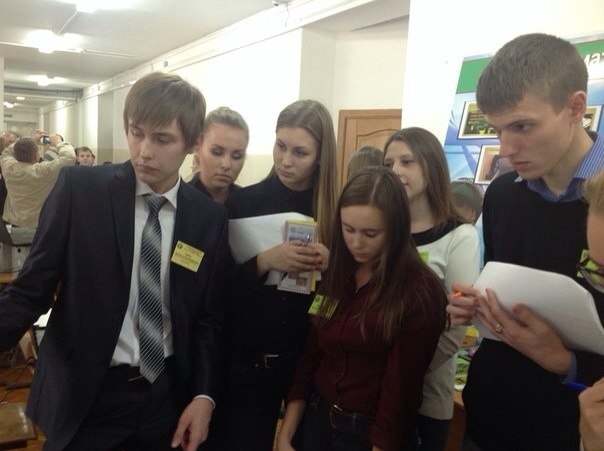
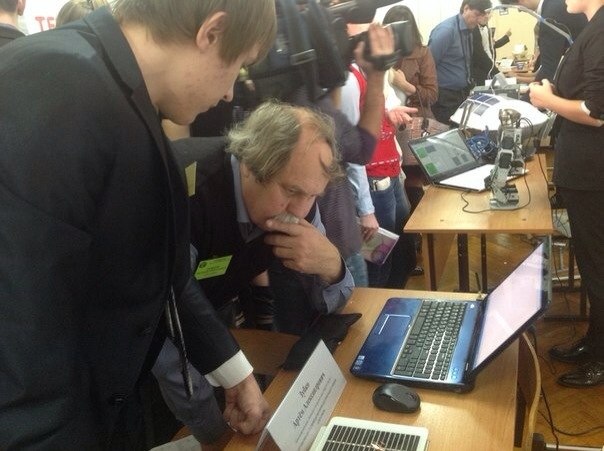
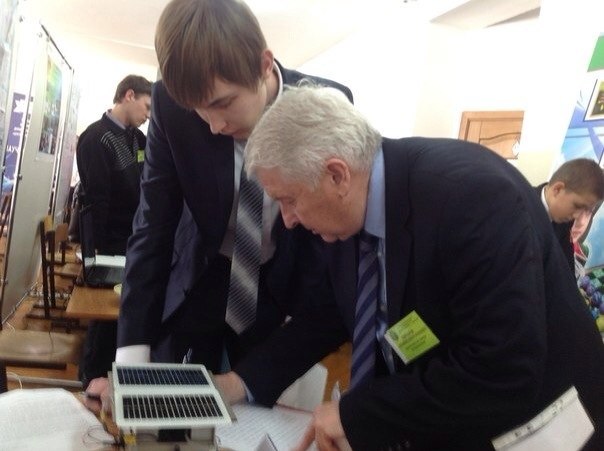

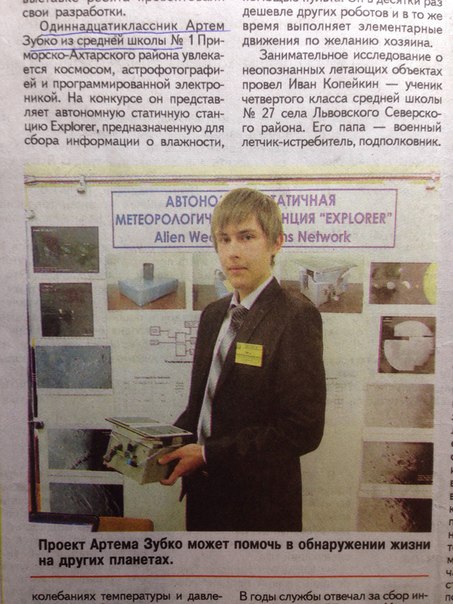
Explorer-3 took nothing in the main nomination. Still, it is not at the level to be in charge of rescue robots, etc. However, he took the 2nd place in the nomination of the youth jury. In general, the judges liked the apparatus, as well as the idea.
The most unexpected moment at the exhibition was such that from behind my back I heard a voice: “Hi, I read your articles on Habré”. Very nice, I hope this guy will respond in the comments :)

The exhibition and Explorer 3 itself gave me a lot of experience. Now we can say that the technology of autonomous vehicles has been fully developed, which allows us to move on to something new.
Unfortunately, above me, like the sword of Damocles, the USE hangs, which prevents me from doing anything except preparing for it. However, upon its completion, I plan to resume work on Explorer-4.
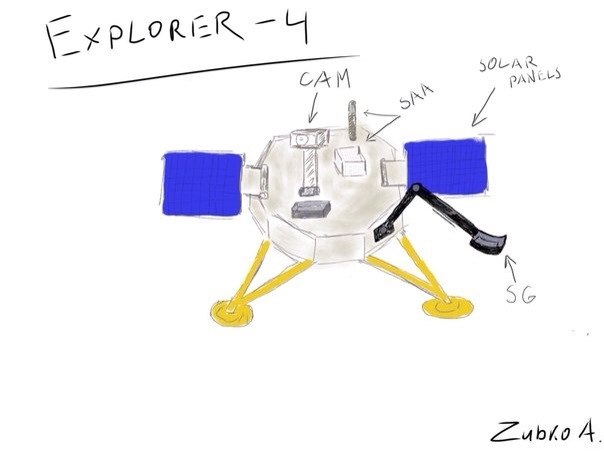
What is its difference? Yes, the fourth generation will run on a single-board computer Raspberry Pi (which has already been purchased) in harness with the Arduino, which makes it possible to do something really interesting. Now, Explorer 3 filling will be used as a separate tool "SAA" (Simple Atmosphere Analyzer). So far, an approximate drawing of the future apparatus has been made, on which the 3d model will be built.
Thank you all for your support, which played an important role in my passion for this business. See you next year!

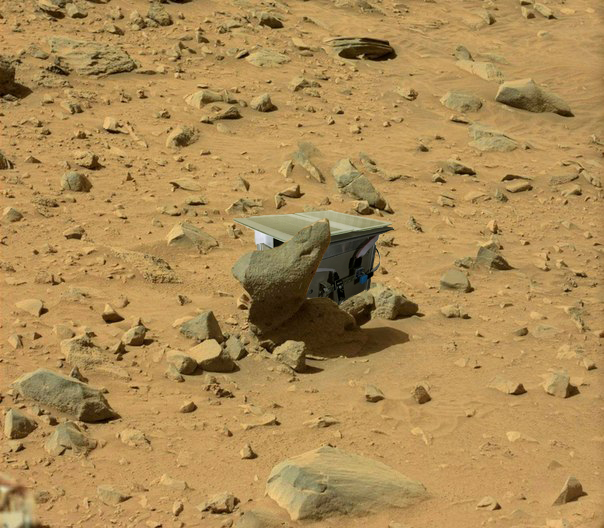

For a start, I decided on what innovations need to be introduced into this model. According to the experience of previous devices, the necessary were: new radio, new building, stable temperature data, solar panels. I refused a USB camera, since it still violates the autonomy.
')
In this regard, I chose the following things:
1. Wireless module APC220-43

Based on the fact that past communication modules had too low a range and the signal disappeared from time to time, the APC220-43 Wireless Module was chosen. It is noteworthy that it actually works as an extension of the COM port, while having a coverage radius of 1000m, which ensures comfortable data acquisition.
2. Stable temperature data
In past models, analog temperature sensors were constantly failing, so this time I decided to replace them with 2 digital ones - one complete with a DHT-11 humidity sensor, the other (duplicate) DS18B20 1-Wire thermometer.
3. Solar panels
This is, in fact, the most important innovation that allows you to make the device completely autonomous. And it is not solid to somehow make the device with a space bias on finger batteries. The developed voltage of one battery is 9V, the current is 220mA.
4. Hydrocarbon sensor
I didn’t plan to add it initially, but then it played a rather important role (I’ll tell about it below), so I installed a gas and smoke sensor with an MQ2 sensor based on Sn02 materials, with a wide spectrum of gas detection on my device.
In total, the device used:
- DS18B20 digital temperature sensor, with a measurement range from -55 ° C to + 125 ° C.
- a digital temperature and humidity sensor DHT11 with a temperature measurement range from 0 to 50oC, and a humidity measurement range from 20 to 90%.
- atmospheric pressure sensor BMP085.
- hydrocarbon sensor MQ2.
Begin development and assembly.
Active work on the device began in late August. By the time all the necessary components arrived, I had already assembled most of the device and wrote software. The firmware was not much different from Explorer-2. Unless, that part where data transmission through radio modules was described, noticeably felt better.

Two batteries were connected in parallel. Thus, they produced a current of 9V and 440mA, which was enough with the head to ensure the normal operation of the entire apparatus.

Batteries have been successfully tested. However, this unpleasant physical feature was revealed - a cloud of the Sun closed, and the current is not produced in the right quantities. It was, in principle, not too scary, since with so many sunny days in the summer, the device could get in touch guaranteed once a day.

I really wanted to make the power supply from solar batteries with a buffer battery, so that the work was, in fact, uninterrupted, but such devices cost about 10,000 rubles.
I must say that after this assembly unit stopped. The summer was ending, and it was banal laziness.
Suddenly, by mid-September, I learned that I could take part in the exhibition “A Step into the Future 2013 SFD”, organized by the Bauman Moscow State Technical University sometime in early October. The pace of development from zero jumped just to heaven, it was necessary to do everything in the shortest possible time, to test the device, and yes even write a job.
The hull was assembled literally in 2 days, using composite aluminum. Sensors were installed immediately after assembly.




The time has come traditionally to send it to the windowsill. And then there was a big bummer - on the "Mars" all was overcast and torrential rain. Therefore, the “flight” had to be slightly postponed. During this time, the scientific work itself was written.
Obviously, Explorer 3 in this version is absolutely uncompetitive. Therefore, I have more clearly defined why this device (model of the device) is needed:
Description
In the Solar System there are 4 terrestrial planets (Mercury, Venus, Earth, Mars) and several stone satellites that have undergone full or partial internal differentiation and have a spherical shape. Three terrestrial planets and one satellite of a giant planet have a dense atmosphere that is subject to climate change. In this connection, a hypothesis arises that observation of the climate on a planet of the terrestrial type will make it possible to have a more accurate understanding of the physical processes occurring in its atmosphere during the day and throughout the entire annual cycle.

The urgency of the problem: the study of the planets (and their satellites) of the solar system will provide an opportunity to have a detailed picture of the history of the origin of the Earth, open access to new resources. The study of the atmosphere is necessary to obtain information about the climatic conditions on this planet (or its satellite). This information is required for manned missions with a landing on the surface. In addition, information about the climate on the planet will make it possible to predict the evolution of the Earth’s atmosphere.
Objective: to create a model of a device capable of collecting and sending data on temperature, humidity and pressure fluctuations depending on the time of day on the surface of terrestrial planets to a satellite repeater.
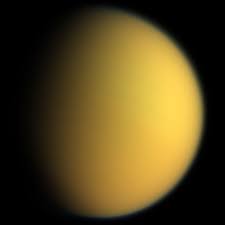
Practical significance:
1. The device is capable of collecting data on changes in the atmospheric parameters of the studied planet for a long time.
2. Several similar devices at various points of the studied planet are capable of forming a global network of static meteorological stations.

The urgency of the problem: the study of the planets (and their satellites) of the solar system will provide an opportunity to have a detailed picture of the history of the origin of the Earth, open access to new resources. The study of the atmosphere is necessary to obtain information about the climatic conditions on this planet (or its satellite). This information is required for manned missions with a landing on the surface. In addition, information about the climate on the planet will make it possible to predict the evolution of the Earth’s atmosphere.
Objective: to create a model of a device capable of collecting and sending data on temperature, humidity and pressure fluctuations depending on the time of day on the surface of terrestrial planets to a satellite repeater.

Practical significance:
1. The device is capable of collecting data on changes in the atmospheric parameters of the studied planet for a long time.
2. Several similar devices at various points of the studied planet are capable of forming a global network of static meteorological stations.
As you can see, Explorer-3 in this work is essentially a prototype of a meteorological station oriented on use on other planets.
I invented the mode of operation in the global network of meteorological stations AWSN in order to slightly diversify the functionality of the station.
Here is the principle on which it works:
To obtain a global picture of changes in the atmosphere of the studied planet, one station is not enough. To do this, it is necessary to launch several similar stations in the areas of the planet surface of interest. This forms the Alien Weather Stations Network (AWSN) global weather station network. The principle of its work is based on the fact that in one day the devices record the readings of the sensors with the desired time interval. In the polar orbit of the planet is a satellite - a repeater, which every day flies over one of the stations. At this time, she sends him her ID (tied to the landing region) and the accumulated data. Having collected the information, the satellite transmits it to the Earth, where it is analyzed.
In the Explorer 3 layout, the work with AWSN is implemented in a simplified way: when this mode is selected, the measurement duration is entered. Then measurements are taken for the specified time, the values are averaged and sent together with the device ID.
And now about the same sensor hydrocarbons. The fact is that the Curiosity rover did not find methane on the surface of Mars, which could indicate the activity of microorganisms in the earth of the planet. However, this gas was recorded with spectrometers from the Earth. This means that the places of occurrence of methane are localized in point or compact areas. The search for these areas is best done with a network of analyzers. Installing hydrocarbon sensors on the Explorer devices will expand their functionality. The sensor can not identify the gas, but is able to show its share in the environment (in ppm).
Flight Chronology
While the text of the work was being written, Explorer was more or less clear on the street and finally landed on the window sill.
The device is quite regularly communicating when there was enough energy. The hydrocarbon sensor did not show strong fluctuations in values, and the remaining sensors worked as expected.
It's hard for me to write something in the spirit of "Explorer-1" or "Explorer-2" , if there used to be an action with a premature failure of the machines, now I managed to create a reliable probe that works like a clock. Not a single failure for all time spent on the "planet".
According to the results of the 6-day “flight” the following schedules were built:



The volume and quality of the data, of course, have greatly increased since the previous missions, which confirms the well-deserved number “3” in the name of the device, despite my assumptions about its concept in the previous article.
The conference
Time passed, and the scientific work was completely composed. With its text you can find here .
I would like to especially thank Vitaly Zelenyikot , who helped throughout the work and even made an amazing review on it.
Review text
The scientific work of Artyom Zubko on the Alien Weather Stations Network project meets the requirements of science, and the development process reflects the principles of preparing research equipment adopted in modern astronautics: multiple tests, working out technical solutions for several generations of devices and prototypes. Although the instruments and devices used in the project do not meet the space requirements for thermal and radiation resistance, at present, the number of CubeSat standard spacecrafts, which use such electronics, is increasing. For example, in September 2013 two ArduSat vehicles were launched into orbit using Arduino-based electronics.
The scientific tasks posed in the work also correspond to the modern development of planetology and cosmonautics. Moreover, at the moment, employees of the NGO them. S.A. Lavochkina and Dauria Aerospace, in collaboration with the Finnish Meteorological Institute and other organizations of the European Space Agency, are developing a series of research Mars probes for the MetNet project (http://ru.wikipedia.org/wiki/MetNet). This project should realize the goals stated in the scientific work of Artem Zubko. The launching of the probes is supposed to be carried out in 2018, and a transfer to a later date is possible, therefore, Artem Zubko, at the end of the five-year term of study at the university in a specialized specialty, has a chance to take part in the implementation of this project.
The modern space industry is in dire need of specialists who are not only professionals in their field, but also enthusiasts of space and space research. Training future generations of space researchers is an important matter that is given attention in companies and organizations of the rocket and space industry. For example, in the NPO named after S.A. Lavochkin regularly conducts visits to the museum and conducts practical classes there for schoolchildren and students; With the participation of Dauria Aerospace, a scientific and technical competition “CanSat in Russia” for schoolchildren is being held. Artem’s initiative and independence in the implementation of his research project is undoubtedly a positive example for all his peers. It is necessary to express the hope that his interest and dedication will grow into professional employment in adult life, and he will be able to make his contribution to the advancement of man into the Universe. And, no less important, will do it under the Russian flag.
The scientific tasks posed in the work also correspond to the modern development of planetology and cosmonautics. Moreover, at the moment, employees of the NGO them. S.A. Lavochkina and Dauria Aerospace, in collaboration with the Finnish Meteorological Institute and other organizations of the European Space Agency, are developing a series of research Mars probes for the MetNet project (http://ru.wikipedia.org/wiki/MetNet). This project should realize the goals stated in the scientific work of Artem Zubko. The launching of the probes is supposed to be carried out in 2018, and a transfer to a later date is possible, therefore, Artem Zubko, at the end of the five-year term of study at the university in a specialized specialty, has a chance to take part in the implementation of this project.
The modern space industry is in dire need of specialists who are not only professionals in their field, but also enthusiasts of space and space research. Training future generations of space researchers is an important matter that is given attention in companies and organizations of the rocket and space industry. For example, in the NPO named after S.A. Lavochkin regularly conducts visits to the museum and conducts practical classes there for schoolchildren and students; With the participation of Dauria Aerospace, a scientific and technical competition “CanSat in Russia” for schoolchildren is being held. Artem’s initiative and independence in the implementation of his research project is undoubtedly a positive example for all his peers. It is necessary to express the hope that his interest and dedication will grow into professional employment in adult life, and he will be able to make his contribution to the advancement of man into the Universe. And, no less important, will do it under the Russian flag.
The conference itself was very interesting. Competing projects were powerful. But I did not come for the competition. The main thing that turned out to talk with professors of universities, who gave a huge set of advice on the development of the apparatus and satellite construction in general.






Explorer-3 took nothing in the main nomination. Still, it is not at the level to be in charge of rescue robots, etc. However, he took the 2nd place in the nomination of the youth jury. In general, the judges liked the apparatus, as well as the idea.
The most unexpected moment at the exhibition was such that from behind my back I heard a voice: “Hi, I read your articles on Habré”. Very nice, I hope this guy will respond in the comments :)

Results
The exhibition and Explorer 3 itself gave me a lot of experience. Now we can say that the technology of autonomous vehicles has been fully developed, which allows us to move on to something new.
Unfortunately, above me, like the sword of Damocles, the USE hangs, which prevents me from doing anything except preparing for it. However, upon its completion, I plan to resume work on Explorer-4.

What is its difference? Yes, the fourth generation will run on a single-board computer Raspberry Pi (which has already been purchased) in harness with the Arduino, which makes it possible to do something really interesting. Now, Explorer 3 filling will be used as a separate tool "SAA" (Simple Atmosphere Analyzer). So far, an approximate drawing of the future apparatus has been made, on which the 3d model will be built.
Thank you all for your support, which played an important role in my passion for this business. See you next year!


Source: https://habr.com/ru/post/205246/
All Articles